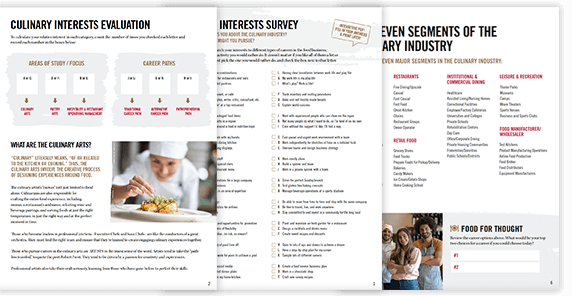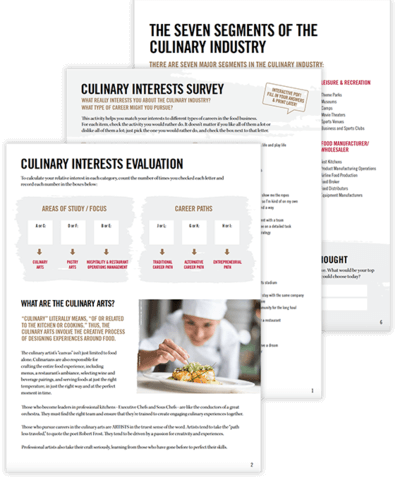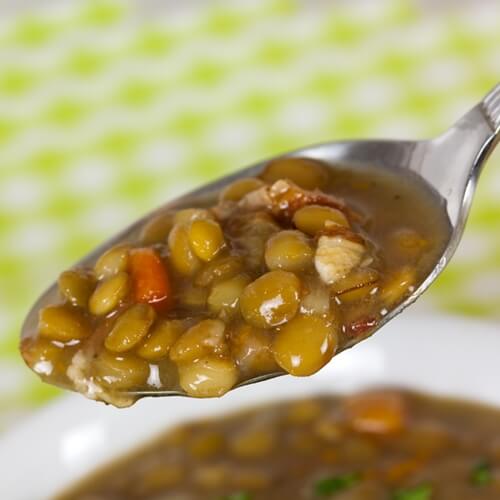Are you using the right spoons?
Understanding utensils is an important step in learning about culinary etiquette while attending online baking courses. Many people have one or two sets of silverware, usually a nice one for entertaining and a simple version for everyday use. Somewhere between these sets, you likely have several different kinds of spoons. Not sure which is for what dish or beverage? We've got just the guide:
Table spoon
The most common spoon is the table spoon. We use these for soups, ice cream and cereal. Although it is rather shallow, this variety is versatile and used the most often out of its ilk.
Tea or coffee spoon
This type of spoon is basically a smaller version of your typical table spoon. It is used for stirring hot beverages and doling out sugar.
Ice cream spoon
We've all tried to dig into a container of ice cream with a regular table spoon. It isn't often very successful, and even if it does work, you likely don't get much ice cream in one scoop. That is why the ice cream spoon was invented. It has a much wider cup that makes serving and eating frozen treats much easier.
Iced tea spoon
If you've ever been to a fancy tea party or bar, you probably encountered a long drink spoon that is used for iced tea. This utensil type is often several inches longer than a typical spoon to allow for easy stirring in tall glasses. It's great for swirling the liquids in an Arnie Palmer together, as well as mixing ice, fruit and sugar into your favorite cocktail.
Cheese spoon
For those who enjoy a fancy serving utensil, cheese spoons are like table spoons but more ornate. They often have grooves like an oyster or intricate inlay and are used for dishing out grated cheese.
Fruit spoon
When trying to peel and eat a citrus fruit, you may want to use a fruit spoon. These utensils, similar to a table spoon, have a pointed front and are meant to help the user remove the pith and rind from the fruit. They are not meant to be eaten with, but rather to help you carve the produce item.
Caviar spoon
Caviar has such a delicate taste that it is not recommended to be served or eaten with a silver spoon. Instead, many of these spoons are made with mother of pearl, wood or animal horn. The handle of these spoons is often straight, lacking the curve near the cup that many other spoon varieties have.
Culinary & Pastry Career Survey
Culinary & Pastry Career Survey
What's your ideal culinary career? Answer 20 simple questions and see if your dream career gets revealed to you.

We’ve compiled of all of the essential questions into one handy guide: Career options, description of skill requirements, and more!




